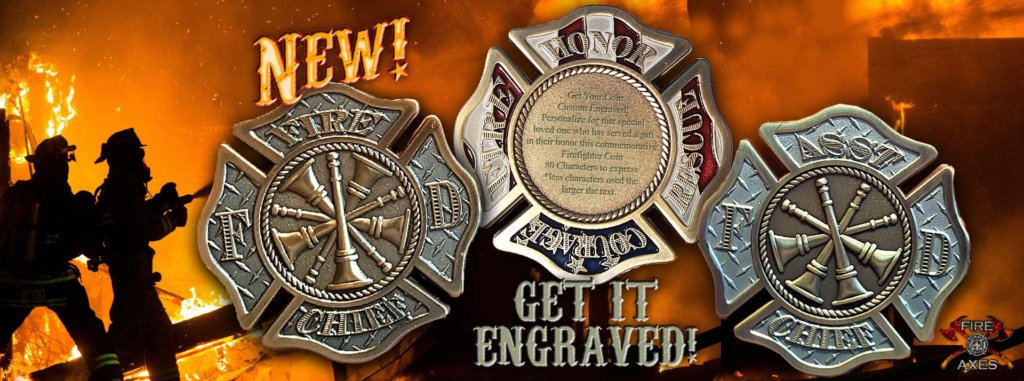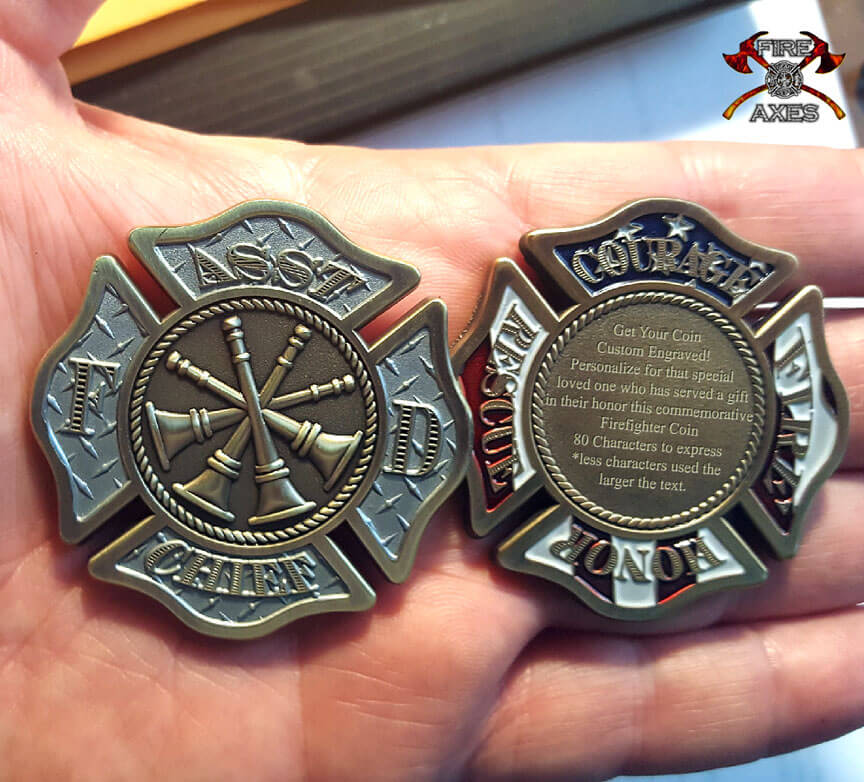When faced with the perils of fire, we turn to the courageous men and women who make up the firefighting force. These fearless individuals put their lives on the line to protect us from the ravages of flames and keep our communities safe. But have you ever wondered about the structure within the firefighting ranks?
The hierarchy within fire departments encompasses a range of roles and responsibilities that ensure smooth operations during emergencies. In this comprehensive blog, we embark on an exploration of firefighter ranks, shedding light on the distinct roles each rank entails. Join us as we unravel the layers of firefighting, gaining insight into the heroic duties and responsibilities of those who bravely battle the flames.

- Entry-Level Firefighters:
- Firefighter Recruit: As the starting point of a firefighting career, recruits undergo rigorous training to develop fundamental skills in fire suppression, rescue operations, and emergency medical response.
- Non-Supervisory Ranks:
- Firefighter: The backbone of the fire department, firefighters are on the front lines, responding to emergency calls, extinguishing fires, conducting rescues, and providing medical assistance.
- Driver/Operator/Engineer: In addition to firefighting duties, driver/operators are responsible for operating and maintaining fire apparatus and equipment. They ensure that firefighting vehicles are properly stocked and ready for deployment.
- Supervisory Ranks:
- Lieutenant: As the first level of supervision, lieutenants lead a team of firefighters, providing guidance during emergency incidents and coordinating operations. They may also be responsible for conducting inspections and ensuring adherence to safety protocols.
- Captain: Captains oversee multiple fire companies, managing personnel, coordinating resources, and ensuring the smooth execution of firefighting operations. They play a pivotal role in incident command and may be responsible for training and mentoring firefighters under their command.
- Middle Management Ranks:
- Battalion Chief/Deputy Chief: Battalion chiefs or deputy chiefs are responsible for overseeing multiple fire stations or battalions within a jurisdiction. They play a crucial role in incident management, resource allocation, and strategic planning. They also collaborate with other agencies during major incidents and serve as a liaison to the community.
- Assistant Chief: As part of the upper management team, assistant chiefs assist in the overall administration of the fire department. They contribute to policy development, budget management, and strategic planning. They may also represent the department at public events and interact with community leaders.

- Executive Leadership Ranks:
- Fire Chief: At the helm of the fire department, the fire chief is responsible for the overall management, strategic planning, and policy development of the department. They work closely with other city or county officials, oversee budgets, and ensure that the department operates efficiently to meet community needs.

Roles and Responsibilities:
- Responding to emergency incidents, including fires, hazardous material spills, and technical rescues.
- Conducting fire prevention and safety inspections in commercial and residential properties.
- Participating in public education programs to raise awareness about fire safety and prevention.
- Performing search and rescue operations to locate and evacuate individuals trapped in burning buildings or other dangerous situations.
- Operating and maintaining firefighting apparatus, including engines, ladder trucks, and specialized equipment.
- Administering emergency medical aid and providing basic life support until the arrival of medical personnel.
- Conducting training sessions for firefighters, ensuring they are well-prepared for emergency situations.
- Leading and coordinating firefighting efforts during incidents, managing personnel and resources effectively.
- Collaborating with other emergency response agencies, such as police and emergency medical services, to ensure efficient and coordinated response to emergencies.
- Overseeing and enforcing compliance with fire codes and regulations to maintain public safety.
- Conducting fire investigations to determine the origin and cause of fires.
Conclusion:
Firefighters are the embodiment of courage and selflessness, risking their lives to protect others from the destructive force of fire. The ranks within firefighting organizations reflect a structured hierarchy that facilitates efficient operations during emergencies. From entry-level firefighters to executive leaders, each rank carries specific roles and responsibilities that contribute to the overall effectiveness of fire departments. By understanding the intricacies of firefighter ranks, we gain a deeper appreciation for the heroic efforts and unwavering dedication demonstrated by these brave individuals. They are the true embodiment of the phrase “The Bravest of Them All,” as they relentlessly serve to keep our communities safe from the ravages of fire.

